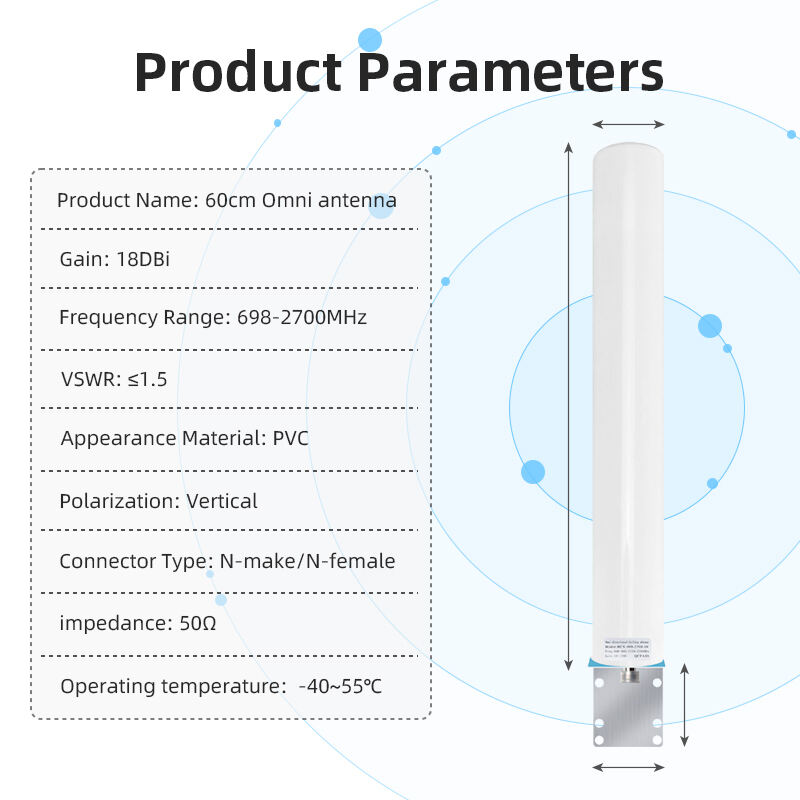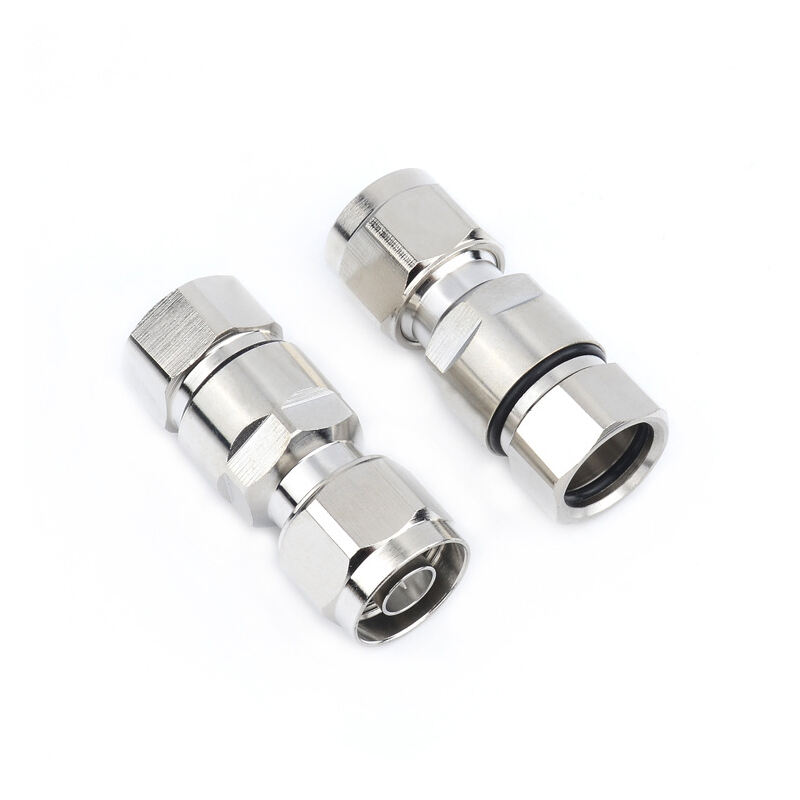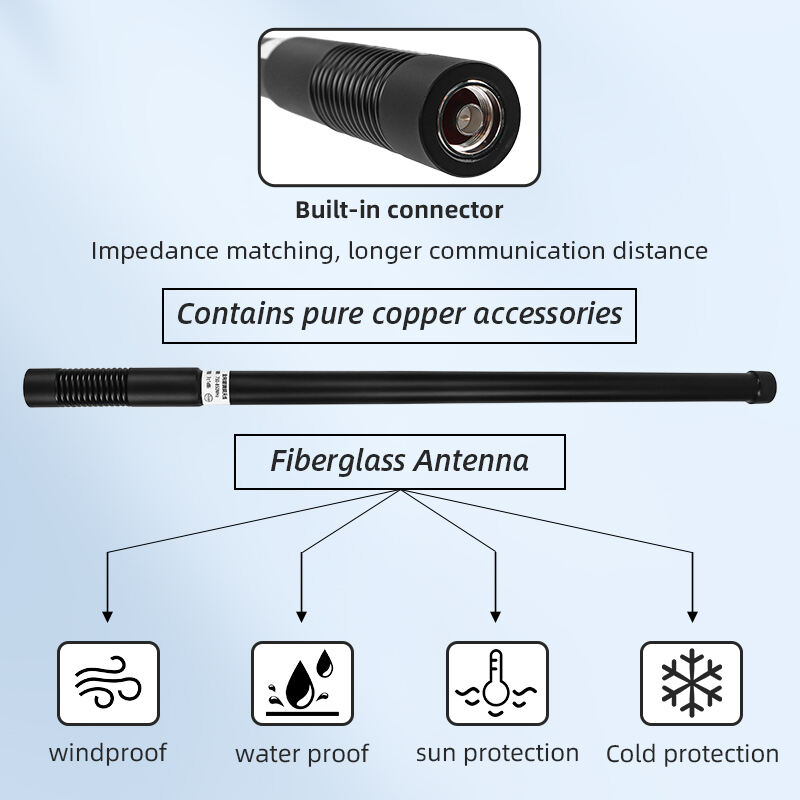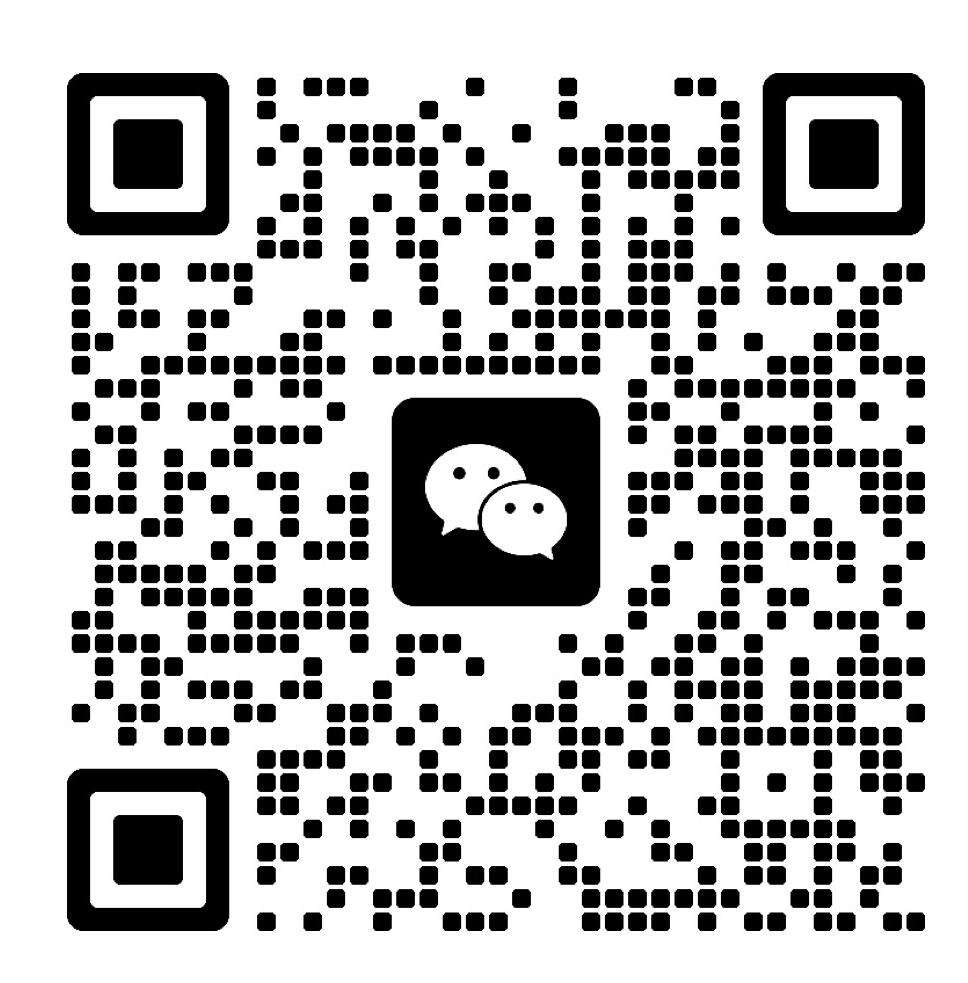gsm signal booster for rural
A GSM signal booster for rural areas is a sophisticated telecommunications device designed to amplify weak cellular signals in remote locations. This essential equipment consists of three main components: an external antenna that captures existing weak signals, an amplifier unit that processes and strengthens these signals, and an internal antenna that redistributes the enhanced signal within the desired coverage area. The system operates by detecting even the faintest GSM signals from distant cell towers, amplifying them to usable levels, and providing reliable connectivity in areas where traditional cellular reception is poor or non-existent. Modern rural GSM boosters typically support multiple frequency bands and can handle various cellular technologies, including 2G, 3G, and 4G LTE networks. These devices are engineered with advanced automatic gain control technology that prevents signal interference and network overload while maintaining optimal signal strength. The coverage area can extend from 1,000 to 7,500 square feet, depending on the model and existing signal conditions. Installation requires strategic placement of the external antenna for maximum signal reception, while the amplifier and internal antenna work together to create a robust cellular environment. These boosters are particularly valuable for rural homes, farms, remote offices, and other isolated locations where maintaining reliable communication is crucial.












